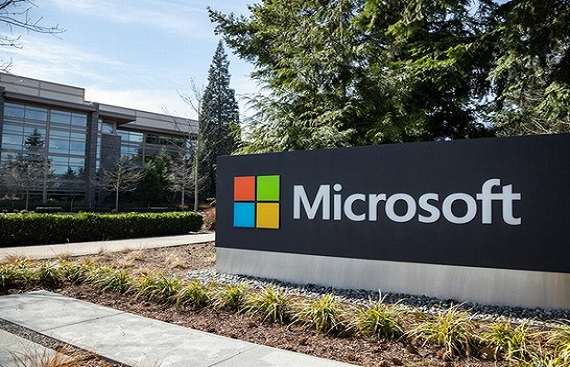Microsoft invites agritech players into the field with new open-source AI tools
By
siliconindia | Wednesday, 12 October 2022, 06:22 Hrs

Microsoft is looking to advance data-driven agriculture, releasing an open-source AI toolkit for agritech innovators. FarmVibes.AI includes algorithms that can help extract intelligence from farm data and remote sensing sources.
The company is now making these tools available to researchers and data scientists, who could use the AI models to estimate farming practices, boost yields, cut costs, and measure emissions or the carbon sequestered in soil.
Microsoft’s AI blog outlined the case study of a US farmer and software engineer who has been using the tools to inform decisions he makes on his farm. The farmer partnered with Microsoft researchers to turn his farm into a testing ground for some of the tech giant’s agritech research initiatives.
This involves gathering data from sensors in the soil, drones in the sky and satellites in space. These sources feed continuous information about the farm, providing data on temperature variations, soil moisture, nutrient levels, plant health and more.
FarmVibes.AI is the first release as part of a wider FarmVibes project. It is a sample set of algorithms, available to download from GitHub and run on Microsoft Azure. The aim is to encourage data scientists and researchers to advance data-driven agriculture so farmers can eventually benefit.
“That’s why we’re open sourcing to make this available to the community so that they can bring the best in soil science to the best in computer science to unlock the opportunity to help enable sustainable agriculture,” said Ranveer Chandra, Microsoft’s managing director of research for industry.
The research team at Microsoft is currently working on more tools that will be made open source in the future as part of FarmVibes. These include FarmVibes.Connect, a tool designed to improve internet connectivity in rural places.
The current open-source offering, FarmVibes.AI, offers several tools. Its Async Fusion combines drone and satellite imagery with data from ground-based sensors to offer insights on planting and crop fertilisation.
The SpaceEye tool removes clouds from satellite imagery using AI, while the DeepMC algorithm uses sensor data and weather station forecasts to predict weather conditions. There is also an analytics tool that estimates how various farming practices would affect the amount of carbon sequestered in the soil.
Data science and tech skills are becoming more necessary for farmers today as the industry modernises to cope with challenges such as the climate crisis and high costs.
Irish education providers are stepping up to the plate to educate the next generation on all things agritech. Earlier this year, Dundalk Institute of Technology introduced a new postgraduate course in agri-analytics.

